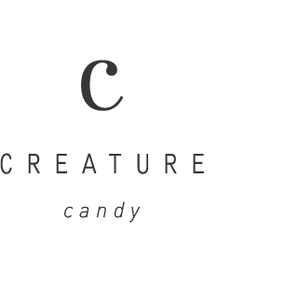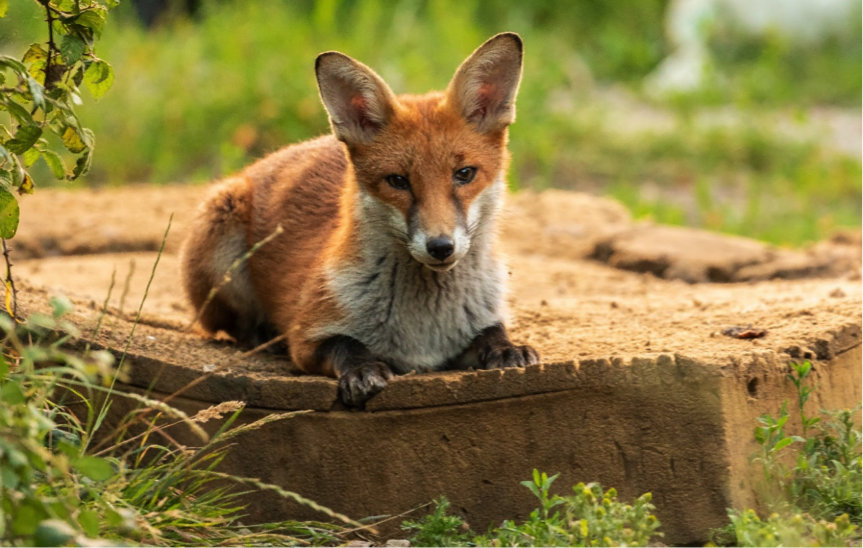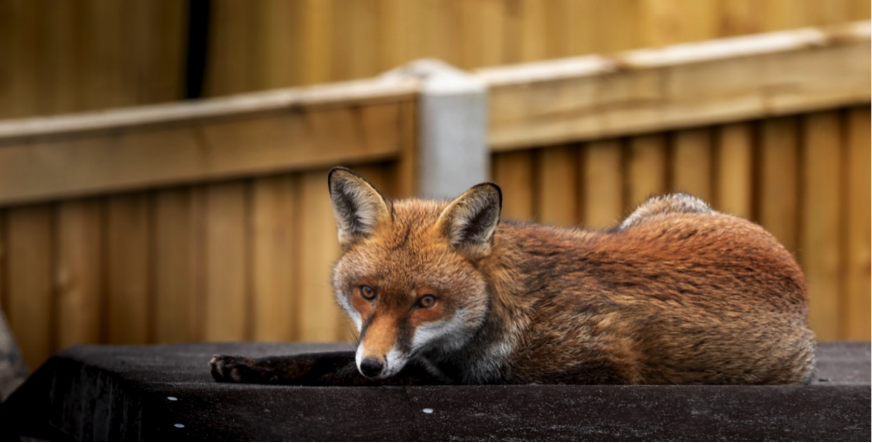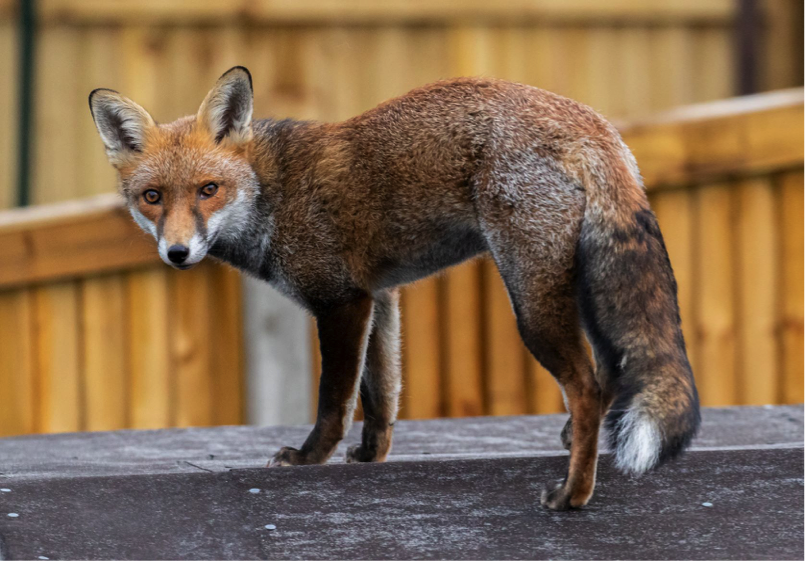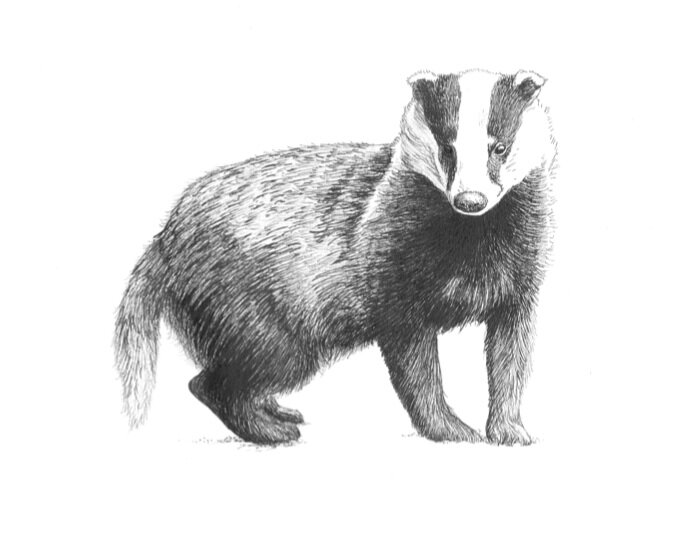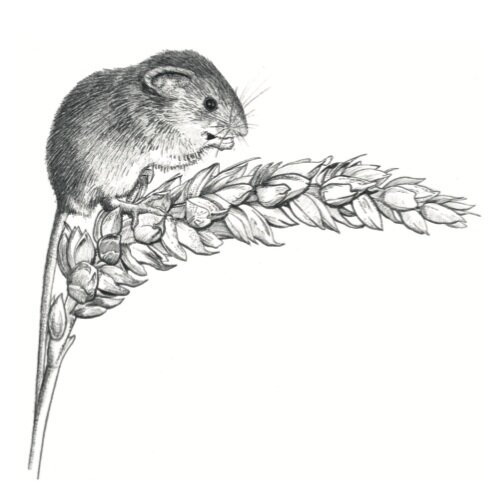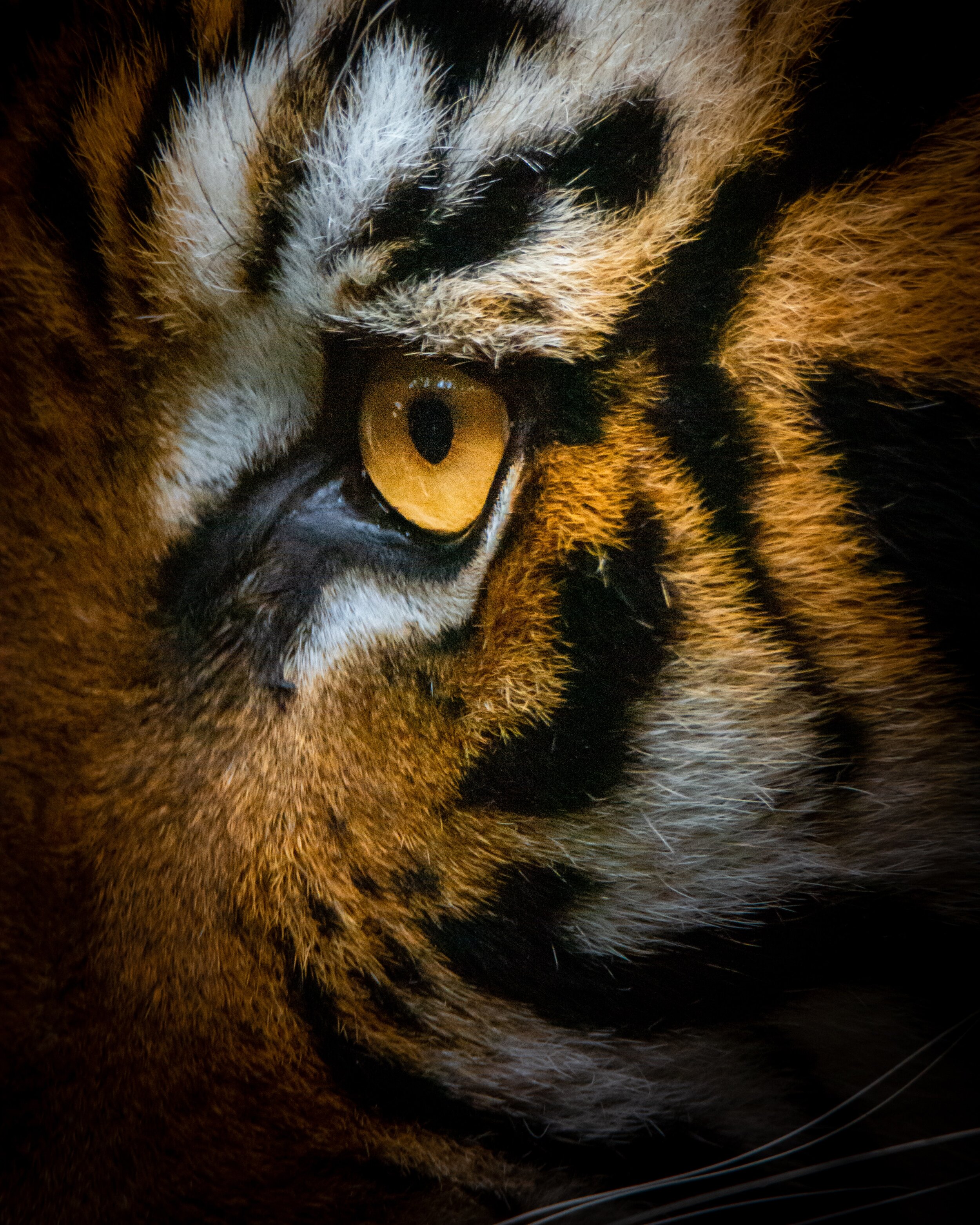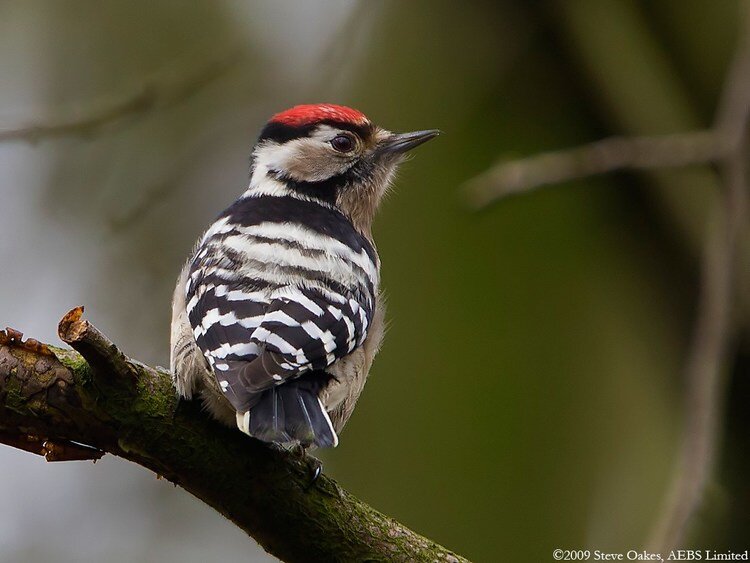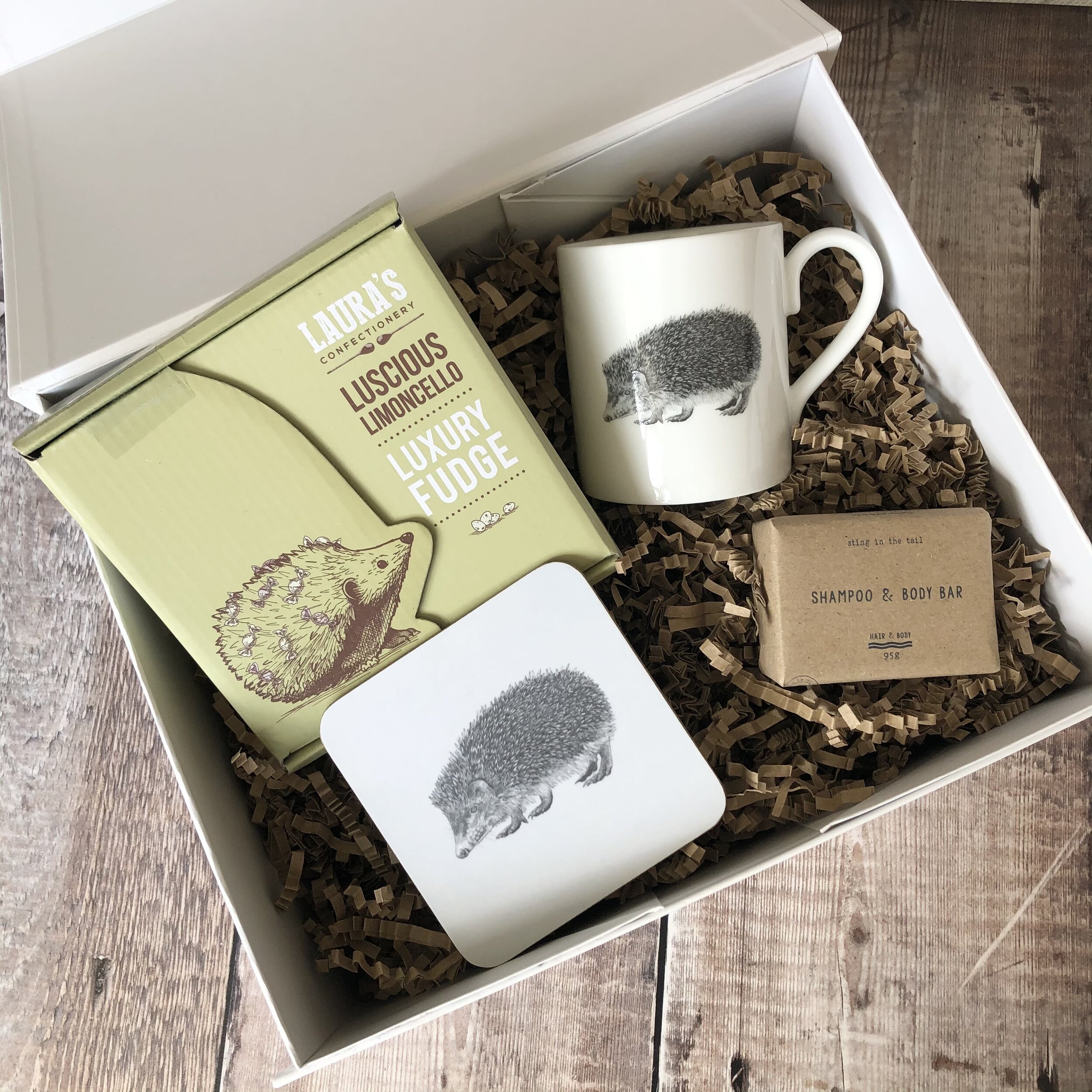By Kelly Cherry.
I’ve found foxes are like marmite. You either love them or, you hate them.
Me? I’m very much the former and I want to share my story on why these fantastic creatures have a special place in my heart.
As someone who has (until recently) lived in the outskirts of London all her life, red foxes (Vulpes vulpes) have been a common sight. Their complacency of living along civilisation means I have been able to watch the behaviour of these curious canids for many years and explore how they are able to successfully thrive in a suburban environment – from the early hours of the morning to the after-hours of dusk.
Urban foxes can be spotted in a variety of locations: wide-ranging sports fields, trodden residential streets, and jumbled alleyways. They are mainly carnivorous however, with their diets being so diverse they have generally been classed as omnivores. A fox will consume anything from food waste to smaller animals, insects, and fruit. However, you will most likely see foxes foraging through littered or unsecured food waste left by their human neighbours as this is more accessible and requires less energy. A bit like fast food.
Foxes also play a major role in controlling populations of animals like rabbits and disease-carrying rodents such as rats. Their strong developed stomachs and immune system means they don’t have to worry about being affected by raw meat (they’ll basically eat almost anything – even roadkill). Therefore, not only do foxes help with controlling pests, but they also help prevent the spread of disease stemming from animal carcasses.
This makes the red fox extremely adaptable to changing environments. Whilst grasslands and woodlands are drastically disappearing to new housing and industrial sites, the further development of the UK (whilst having a detrimental effect on species such as the hedgehog (Erinaceus europaeus)) has created an ideal habitat for foxes who have become accustomed to urbanisation ever since the interwar period, with populations being documented in suburban towns and cities since the 1930s. As a result, foxes are able to enjoy residential spaces and in particular gardens, for the purpose of food and shelter.
This leads me to a special story about a remarkable fox who decided to make our garden shed their new home during the winter months, and with whom I formed a most memorable bond.
Everyone, meet Basil.
Basil decided to become our new wild neighbour in December 2020. I was living with my parents at the time and it was just before the second national lockdown was announced. It had started to become a lot colder outside, and we were preparing to store all the summer garden equipment away in our shed. Suddenly, whilst opening the door, we heard a quick scurrying noise and something rapidly made its escape using a large hole in the shed roof – it was a fox.
I couldn’t believe what I had witnessed. How long had the fox been taking shelter in our shed? Was it injured? How long did it plan to stay there for? We thought it was just a one-off and the fox would probably be too scared to return… we were very much mistaken.
A couple of days later, I returned to the shed to store further items and once again, upon opening the door, a very frightened fox jumped up from behind piled up garden furniture and rushed out of the large hole in the shed roof. I decided that evening I would leave a camera trap inside the shed for a few days to see whether the fox would return. I am very happy to say, he did.
We decided that we would name our new neighbour Basil (after Basil Brush) and as Christmas and New Years passed, we were still very much in the company of this beautiful fox.
It wasn’t until we looked at the camera trap footage further and I started photographing our new dweller more frequently that I realised Basil was not a dog fox but was actually a vixen. If you look at the photo below her head is narrow and forms a triangular shape, whilst a dog’s head is broader. There was also no sign of male genitals. So, Basil was a girl. We were then stuck with the decision as to whether we should rename her or keep the name as it was. As she had already been in our lives for a few months, we decided the name Basil would stay.
Another month went by and Basil became more confident and began sleeping on the shed roof instead of hiding inside. This allowed me to take some great photos of this stunning vixen, whilst she sat placidly, staring out into her territory. She also started to become more vocal in the evenings as the breeding season had arrived. At this time, I was still leaving my camera trap inside the shed to monitor Basil’s movements and behaviour. Whilst checking on some footage one day, I noticed that a different fox had entered the shed. The camera had recorded a male entering the shed via the hole in the roof and suddenly, a distressed Basil began to shriek in the background at her uninvited guest – who loathingly left the premises.
We were finally in March. Spring slowly began to show its face but sadly, Basil did not. The vixen we were so used to seeing sitting on the rooftop and sleeping in our shed had disappeared. It seemed she had moved elsewhere (perhaps to find a den for her unborn cubs) or worse, had been fatally injured from a road accident. Either way, I had accepted that our wild resident had gone and although I was sad due to the amazing connection I had made with this wonderful fox, I was happy that she had provided me with an opportunity to spend such a memorable time with her, especially during lockdown.
A few weeks after her disappearance I had set off to my new home in Cornwall. I had just settled in and received a call from my mum and dad to see how I was getting on. As the conversation came to a close they suddenly announced some great news. Basil had been spotted in the alleyway and was very much alive! I was so relieved that she was okay and still in the neighbourhood. Her presence had been very much welcomed and it was good to know she was sticking by her territory.
Who knows? Maybe I will see Basil again one day but in the meantime, I look forward to creating many more memories with the local Cornish wildlife.
Find more wildlife content from Kelly Cherry:
Love British wildlife? Check out our designs of some of Britain’s most-loved, yet declining, wildlife species.
10% of the sale price of all products is donated to charities supporting conservation efforts.
